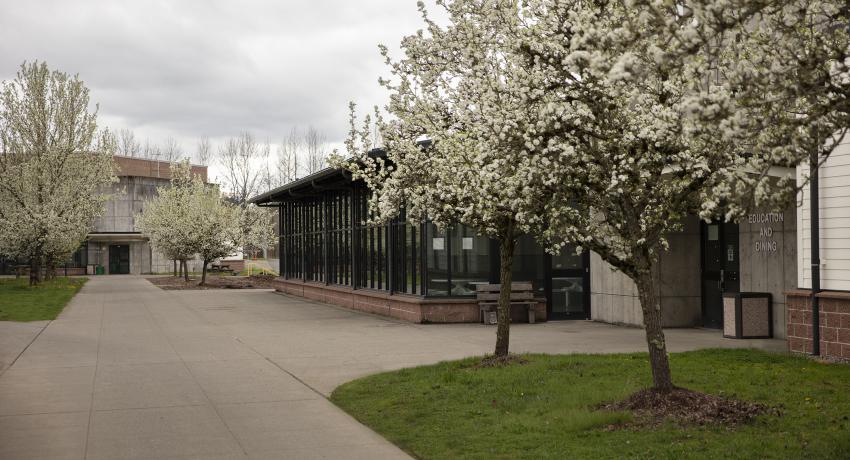Fentanyl overdoses are a leading cause of drug overdose deaths in the United States. In Washington State, overdose deaths involving synthetic opioids (mostly fentanyl) have increased 10-fold over the past five years. In 2021, approximately 3 in 4 opioid overdose deaths involved synthetic opioids. This epidemic heavily impacts youth and young adults, and JR staff have ramped up efforts to combat it and keep the young people in our care safe, educated, and equipped to save lives.
JR Registered Nurse Troy Wasmundt explains, “Fentanyl and carfentanil are as lethal as gunshot wounds or getting run over by a truck, and overdoses are more common than fatal car accidents. We need to do everything we can to educate young people and prevent them from being a victim of the most lethal drug we have ever seen.”
JR’s Narcan and opioid use disorder (OUD) programs are some of the best in the nation, and JR has prioritized training and supporting staff to implement prevention plans effectively. As the first line of defense, JR scans all incoming mail for opioids and uses full body scanners in its institutions. But it’s not enough to only thwart access – the best and most critical line of defense is deep education about opioids, prevention, and overdose detection and treatment.
Narcan, a nasal spray that reverses opioid overdose, is available in every JR living unit. In partnership with the Department of Health, all JR youth receive Narcan education and two free doses of the life-saving spray upon release. Every JR employee receives CPR and first aid training (Narcan module integrating this year), with plans underway to extend this training to JR residents. Staff also receive opioid training through the Washington State Learning Center in addition to on-site drills that evaluate readiness to treat an overdose.
Additionally, youth are provided with an opioid workbook, and informational posters are circulating and will be prominently displayed in all JR living units in English and Spanish to help youth and staff alike recognize and treat an opioid overdose (poster 1, poster 2). Just 5-10 minutes of studying these posters should provide life-saving knowledge. If residents have questions on the topic, staff are always available and happy to provide answers and hold regular town hall Q&As, providing education to increase safety if youth are exposed to opioids.
“We will save lives,” said JR Assistant Secretary Felice Upton. “Saving lives is precisely what’s at the heart of our work in JR.”
To fortify this critical work, JR is currently developing of a comprehensive overdose prevention policy, which will be released this year. JR is also pursuing grant opportunities to better understand and intervene on the unique overdose risk factors for youth in our system. Many drugs are laced with fentanyl or other synthetic opioids, so youth who aren’t addicted to opioids are at high risk of overdose and may be the most vulnerable.
To learn more about the opioid epidemic and what you can do to save a life, visit www.stopoverdose.org.

